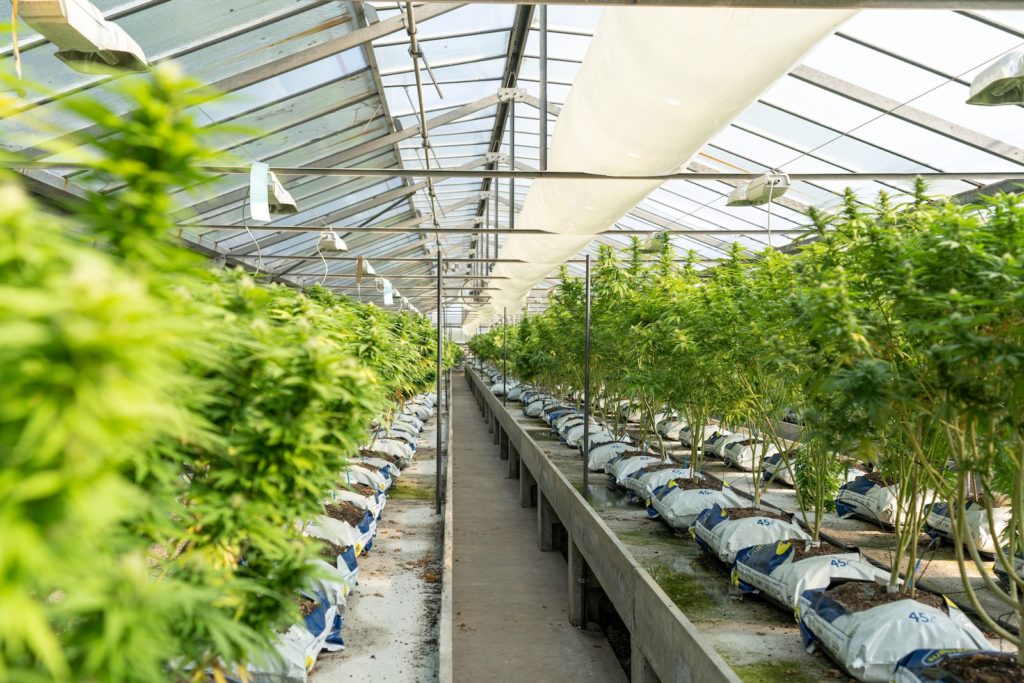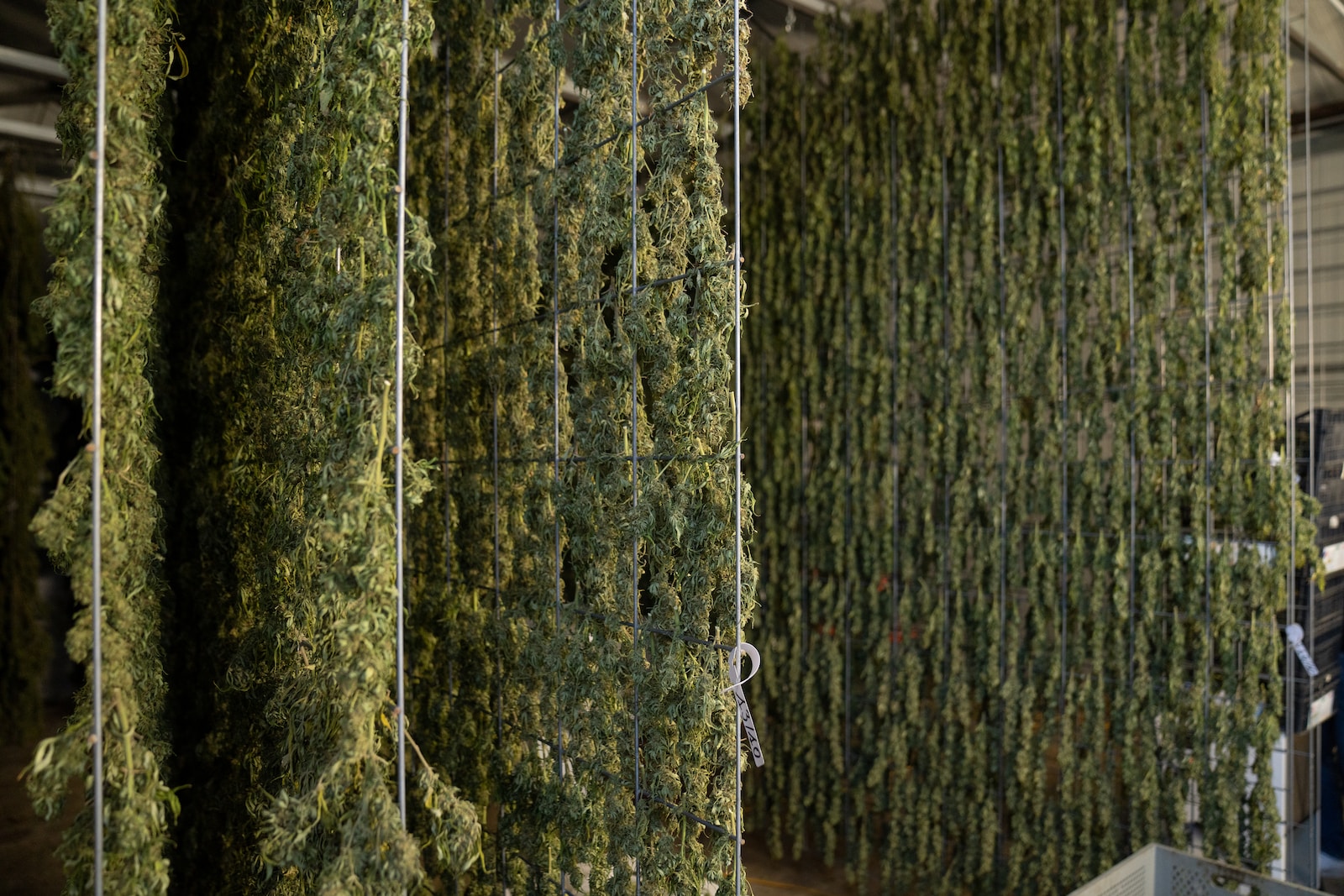Have you ever found a plant in your garden or backyard and wondered, “What plant looks like a weed plant?” It’s a common question among garden enthusiasts and homeowners. In this comprehensive guide, we will delve into the world of plants that bear a striking resemblance to weeds. With over 25 engaging headings and subheadings, we’ll provide you with expert insights, personal experiences, and credible sources to help you distinguish between these look-alike plants and actual weeds.

What Plant Looks Like a Weed Plant?
When it comes to identifying plants that mimic weeds, it’s essential to pay attention to specific characteristics. These plants often share similar growth patterns, leaf shapes, and overall appearances with common garden weeds. Let’s explore some of the most notorious culprits.
Dandelion vs. Cat’s Ear
Dandelion: Dandelions are infamous weeds with bright yellow flowers and toothed leaves. However, they can be confused with Cat’s Ear, a plant that closely resembles dandelions. Learn how to differentiate between these two and prevent unwanted removal.
Henbit vs. Purple Deadnettle
Henbit: Henbit is often mistaken for another weed, Purple Deadnettle. Both of these plants have purple-hued leaves and are members of the mint family. Discover the subtle differences between them.
Poison Ivy vs. Virginia Creeper
Poison Ivy: Poison ivy is well-known for its irritating effects on the skin. But did you know that it shares similarities with Virginia Creeper? Find out how to distinguish between these two, especially if you’re sensitive to poison ivy.
White Clover vs. Black Medic
White Clover: White clover is a common lawn weed, but it can be confused with Black Medic, another clover-like plant. Explore their differences and learn how to manage them effectively.
Purslane vs. Spurge
Purslane: Purslane is a succulent weed that often masquerades as Spurge, a potentially toxic plant. Discover the key characteristics that set them apart.
Identifying Look-Alike Plants
Identifying plants that resemble weeds requires a keen eye for detail. Here are some essential tips to help you distinguish between these tricky impostors and actual weeds.
- Leaf Shape and Arrangement: Pay close attention to the shape and arrangement of leaves. We’ll show you how variations in leaf patterns can be a clue.
- Flower Identification: Flowers can be a telltale sign. Learn to spot the subtle differences in flower types and colors.
- Growth Habit: Understanding growth habits can be pivotal. We’ll provide insights into growth patterns that can help you differentiate.
- Texture and Feel: Touch can be an important sensory tool. We’ll describe how textures can vary between similar-looking plants.
FAQs About Look-Alike Plants

Are these look-alike plants harmful?
While most look-alike plants are harmless, some can be toxic. It’s crucial to identify them correctly to avoid any potential risks.
Can I use natural remedies to control these plants?
Yes, natural remedies like vinegar or manual removal can be effective. We’ll guide you on eco-friendly methods to manage them.
Are look-alike plants beneficial in any way?
Surprisingly, some look-alike plants have medicinal or culinary uses. We’ll share insights into their potential benefits.
How do I prevent these plants from invading my garden?
Prevention is key. We’ll provide tips on maintaining a weed-free garden and minimizing the growth of these look-alike plants.
Are there any rare or exotic look-alike plants?
Indeed, some exotic plants mimic weeds. We’ll introduce you to a few fascinating examples from around the world.
Can I eat any of these look-alike plants?
While some look-alike plants are edible, others are not. We’ll give you guidance on which ones are safe to include in your diet.
Conclusion
In the world of gardening and landscaping, knowing what plant looks like a weed plant is essential. With the insights and information provided in this guide, you’ll be better equipped to identify and manage these look-alike plants effectively. Remember, a thriving garden begins with a keen eye for detail and a love for nurturing your green space.
